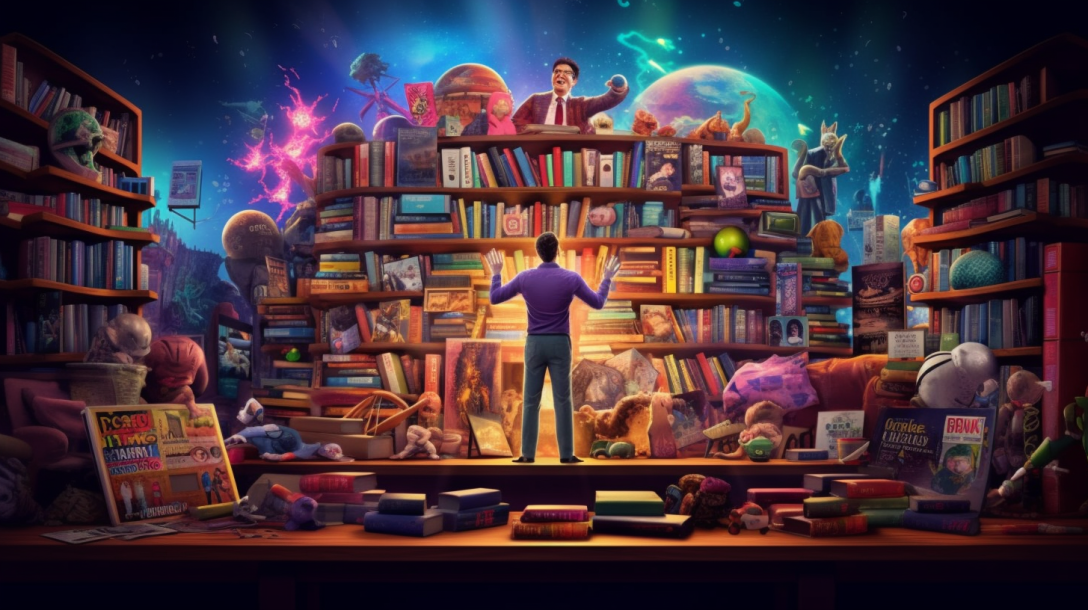Unexpected Outlets for Societal Criticism

I. Introduction
Societal criticism is an essential part of any thriving democracy. It allows us to question the status quo, challenge unjust systems, and strive for a better world. While newspapers, books, and political debates are traditional platforms for these discussions, societal criticism often finds its way into unexpected outlets. This blog post explores some of these unconventional platforms.
II. Stand-up Comedy as a Societal Critic
Stand-up comedy, at its best, is more than just a source of laughter. Comedians like George Carlin and Dave Chappelle have long used their platform to critique societal norms, political systems, and cultural practices. Their humor often contains biting commentary on everything from race and class to government and religion.
For instance, Carlin’s famous routine “Seven Words You Can Never Say on Television” was not just about pushing the boundaries of language; it was a critique of censorship and the arbitrary nature of societal norms.
III. Science Fiction as a Mirror to Society
Science fiction is often dismissed as mere escapism. However, works like “1984” by George Orwell and “Brave New World” by Aldous Huxley use imagined futures to critique present societal issues. These dystopian narratives serve as a mirror, reflecting our society’s flaws and potential downfalls.
For example, Ray Bradbury’s “Fahrenheit 451” is not just about a future where books are banned; it’s a critique of censorship and the dangers of an uninformed society.
IV. Music as a Voice of Dissent
Music has always been a powerful tool for expressing dissent. From Bob Dylan’s protest songs in the 60s to Public Enemy’s critique of racial inequality in the 80s, musicians have used their art to comment on societal issues.
For instance, Kendrick Lamar’s album “To Pimp a Butterfly” is not just a collection of songs; it’s a critique of racial inequality, police brutality, and the American dream.
V. Street Art and Graffiti: Visual Critiques of Society
Street art and graffiti often serve as visual critiques of society. Artists like Banksy use public spaces to comment on everything from capitalism and war to surveillance and immigration.
For instance, Banksy’s mural “There is Always Hope” is not just a piece of art; it’s a critique of war and a call for peace.
VI. Social Media: The New Frontier of Societal Criticism
In the digital age, social media platforms have become a new frontier for societal criticism. From the #BlackLivesMatter movement on Twitter to climate change awareness campaigns on Instagram, social media allows for widespread and immediate dissemination of critical discourse.
For instance, the #MeToo movement is not just a hashtag; it’s a critique of societal attitudes towards sexual harassment and assault.
VII. Conclusion
In conclusion, societal criticism finds its way into many unexpected outlets. From stand-up comedy and science fiction to music and street art, these platforms allow us to question, challenge, and critique the world around us. They remind us that societal criticism is not confined to academic papers or political speeches; it is woven into the fabric of our culture, manifesting in the songs we sing, the stories we tell, and the art we create.